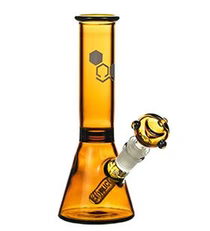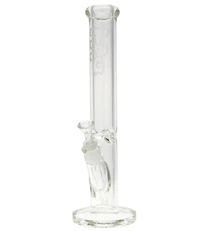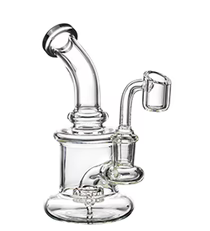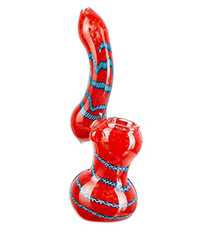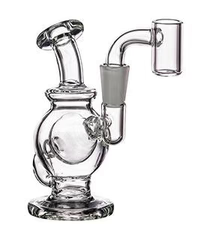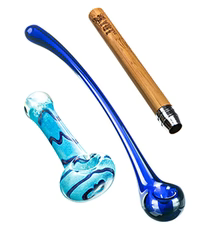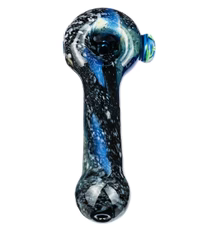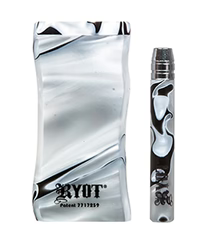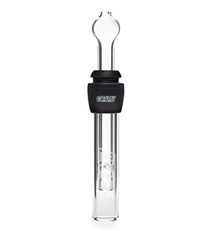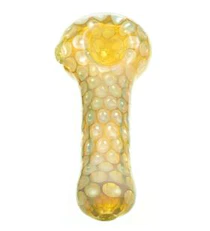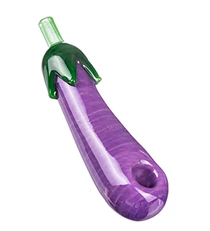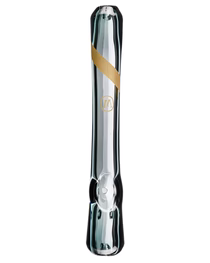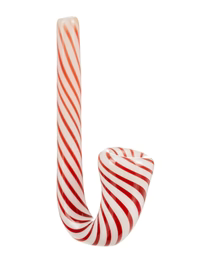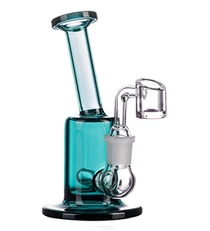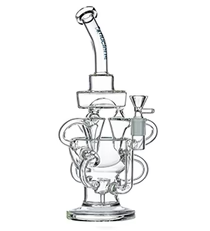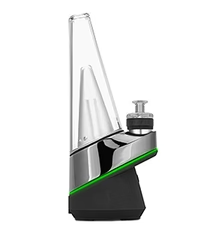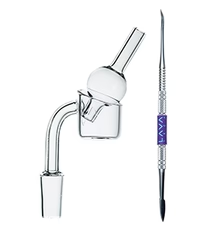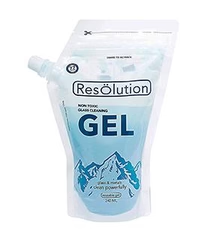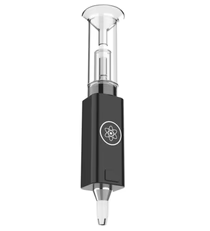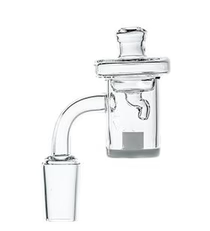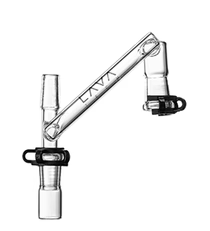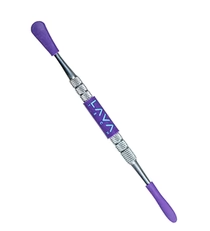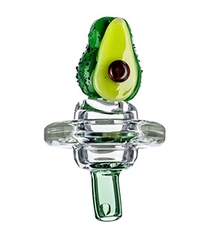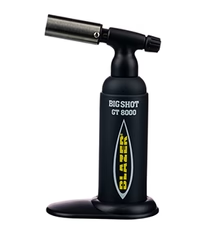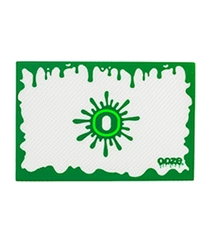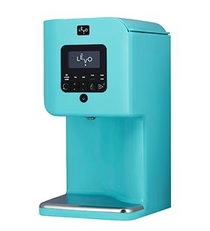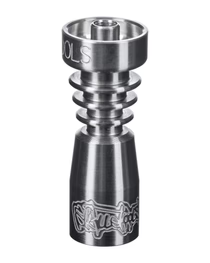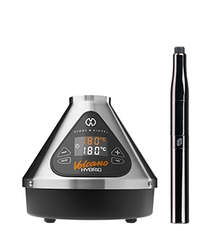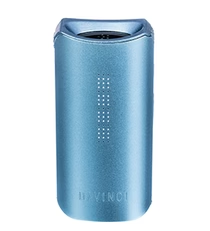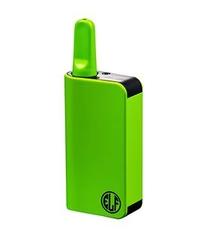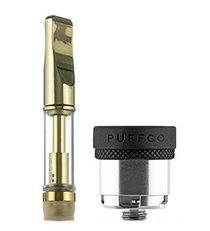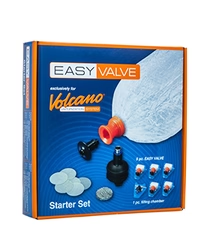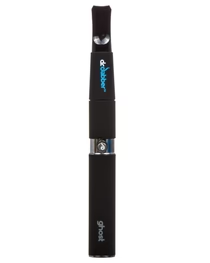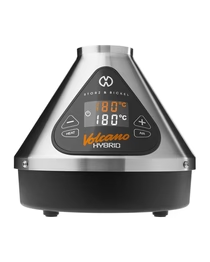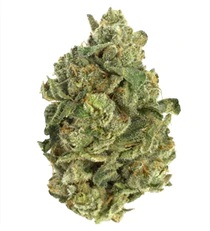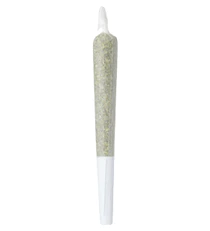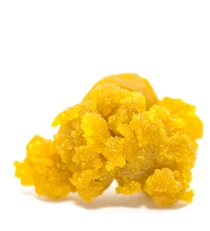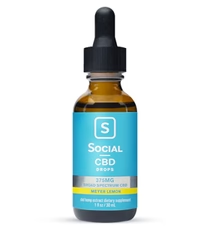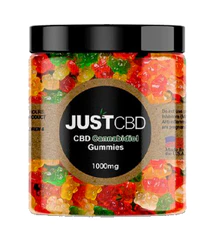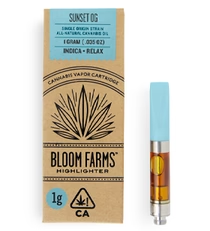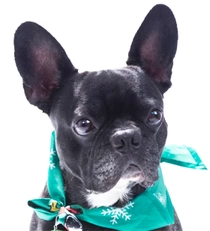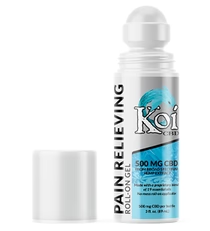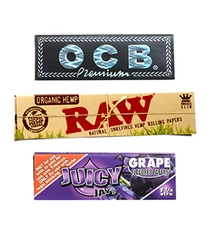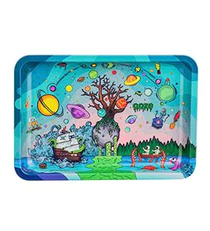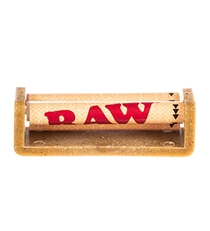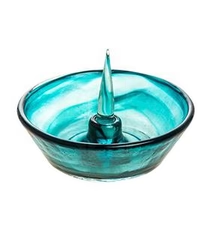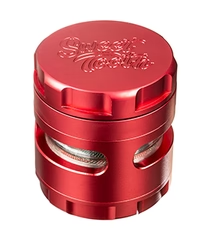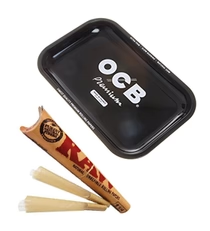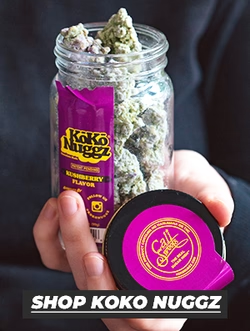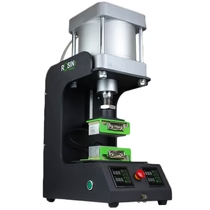
What Does It Mean To Be Organic?
“Organic” has become a buzzword for many American companies. This is for a good reason: we’re bombarded daily with horror stories of how things like GMOs and pesticides are slowly killing us. Customers need assurance that what they take into their bodies is as natural as their bodies. In other words: organic. This is also true of the smoking paper industry; brands make a point to remind us that their papers are “100% hemp” or an “herbal blend”. In this race for the most organic rolling papers, RAW, as its name implies, is leading the pack. The packaging of RAW papers showcases the company’s sensibilities: the box resembles a brown paper package tied with hemp twine. Rather than mere aesthetic, RAW prides itself on providing a true organic experience with their classic line of pure, minimally processed rolling papers. These papers contain a hybrid blend of unbleached (not chlorine whitened) fibers, making each a translucent natural light brown color.

What separates RAW from many of its competitors is that they realize that “Organic”, as a concept, encompasses more than just materials you can grow in your backyard. Like plants, the seeds of a company are planted and grow after a long period of cultivation. Unlike other rolling paper companies, RAW’s founder Josh Kesselman is almost as colorful as the celebrities who endorse his products. A visit to RAW’s YouTube page introduces us to the illustrious CEO : a man whose usual attire consists of a dark graphic tee-shirt, monochrome blazer, multiple rings and a large baseball cap with a prominent RAW logo. Despite his exceedingly modern appearance, Kesselman’s vision for RAW rolling papers is rooted in the history of the industry itself.
The Roots Of Rolling Papers
In the early 1600’s, Spanish aristocrats would often discard their cigars in the street. Peasants who were unable to afford such luxuries would wrap these cigar butts in newspaper, making the first cigarettes. This caused Spanish paper producers to make paper just to be used for smoking, which came in large sheets that had to be cut by the customers themselves. This then led Father Jaime Villanueva Estingo of Jativa, Spain to make the first individual rolling papers. When the first rolling papers company in Alcoy, Spain opened in 1815, the region became linked with the industry. The fortunes of Alcoy’s rolling paper industry took a sharp downturn after competition from the much wealthier Barcelona industry, which led to most of their established paper producers being bought out. The only assets that weren’t bought were antique rolling machines that were still capable of making artisanal paper, a feature recognized by veteran papermaker Jose Emilio.
RAW Takes Shape
This period is where RAW’s first seedling came into view. RAW founder Kesselman was introduced to the unique qualities of Alcoy’s rice rolling papers (which were called Marfiles De Arroz) by his father, who would often light these papers on fire and toss them in the air to marvel at how quickly and evenly they would burn. Jose Emilio was the producer of these captivating rolling papers. Kesselman met Jose Emilio in the 1990’s and saw how he was able to both keep the antique machines running and produce the first flavored papers. A kid from Queens, Kesselman immediately knew his peers would embrace flavored papers, especially once he named them (sort of) after local celebrity LL Cool J. As a teen, Kesselman and his friends attempted to find LL on Farmers Boulevard after hearing him reference it in the song of the same name. After failing to do so, his friends ironically named him Cool Jay, a name he intended to give his rolling papers. Once he began producing a watermelon-flavored paper, he settled upon “Juicy Jay’s”. Juicy Jay’s distinguished themselves from other flavored rolling papers by being fully-flavored instead of having a gum strip like other papers.

After Juicy Jays became a success, Kesselman created the rolling paper line “Elements”, which is named after the four classical elements that come together to create these papers. According to its founder, Earth is represented by eco-friendly rice and sugar, Water is represented by the run-preventing watermark, Air is represented by the company’s windmill-powered factory, and Fire is represented by the ash-preventing criss-cross imprint. Having yet another success with Elements, Kesselman was on the way towards his biggest project yet.

Kesselman saw how the tobacco smokers were starting to gravitate towards natural tobacco and thought “Why not natural tobacco paper?” He wanted to make the most perfect blend of plant materials that would surpass even the Marfiles De Arroz his father enjoyed. Despite encountering dismissiveness from Spanish material suppliers who joked that “no one wants to smoke a paper bag”, Kesselman invested the knowledge and money gained from Juicy Jays and Elements into his ambitious endeavor. The result was RAW papers, which are natural, unbleached, and unrefined.
Today, RAW rolling papers is a familiar brand. Skateboarder Ryan Barron double-kickflips a RAW Street Deck to the enjoyment of his captivated fans. Rapper Wiz Khalifa weaves rhymes with a RAW rolled cigarette dangling between his bejeweled fingers. Meanwhile, craftsmen in Alcoy produce small batches of the same authentic rolling paper Josh’s father once called “magical”. Ironically, RAW’s preservation of its past is what continues to make it successful in the present as well as the foreseeable future.

